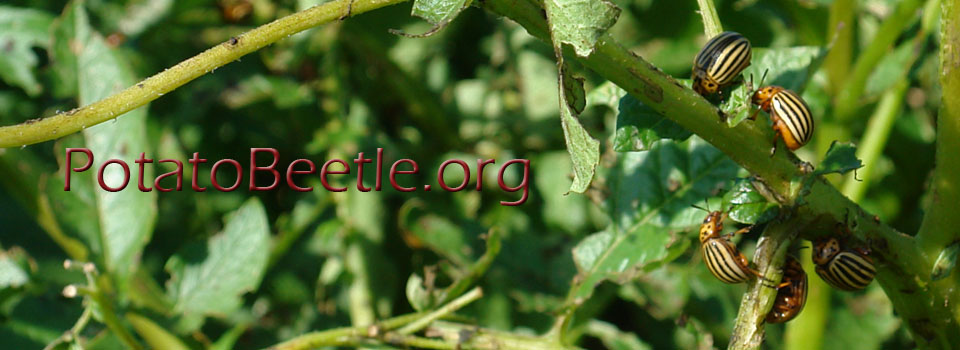Meng, Q.W., J.J. Wang, J.F. Shi, W.C. Guo, and G.Q. Li. 2018. American Journal of Potato Research. 95(5):463-472. doi: 10.1007/s12230-018-9646-0.
The potential of teflubenzuron was assessed in a series of laboratory studies in order to achieve consistent, long-term, integrated management of the Colorado potato beetle, Leptinotarsa decemlineata (Say). Teflubenzuron exhibited excellent stomach toxicity to the larvae. Its larvicidal activity was comparable with those of cyhalothrin, chlorantraniliprole and spinosad. Moreover, the teflubenzuron-fed larvae consumed less foliage, grew slower, and needed a longer period to develop, in a dose dependent manner. Most of these larvae died during larval-larval molting, larval-pupal ecdysis or adult emergence. Furthermore, chitin contents in body carcass (without midgut) and integument specimen of the teflubenzuron-fed larvae significantly decreased, whereas the chitin amount in the midgut peritrophic matrix was not affected. In addition, uridine diphosphate-N-acetylglucosamine-pyrophosphorylase gene (LdUAP1), which was mainly responsible for chitin biosynthesis in ectodermally-derived tissues, was suppressed after teflubenzuron ingestion, in contrast to its partner LdUAP2 for chitin formation in the midgut peritrophic matrix. In a word, by inhibition of chitin production in ectodermally-derived tissues, teflubenzuron is an effective benzoylurea insecticide to L. decemlineata larvae. It can be a valuable tool in effective integrated pest management and insecticide resistance management programs against L. decemlineata.
